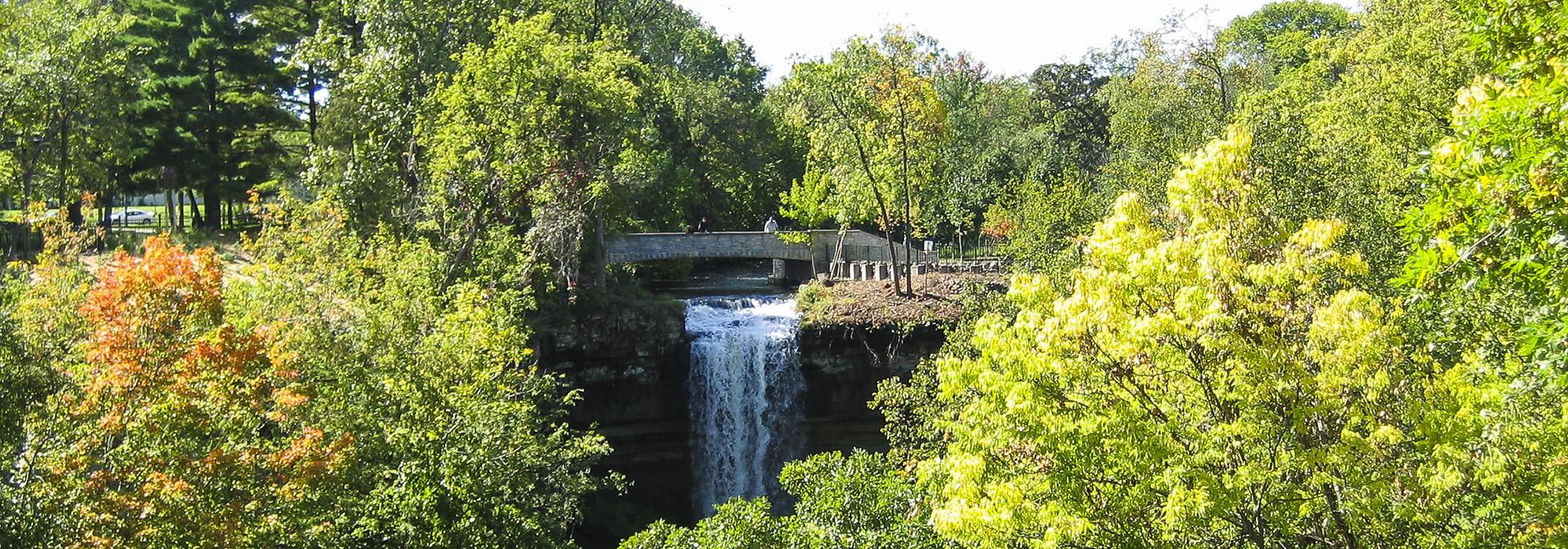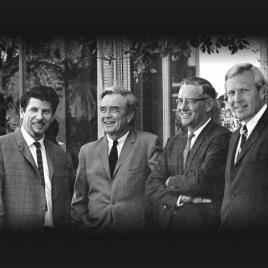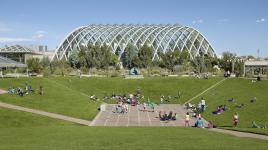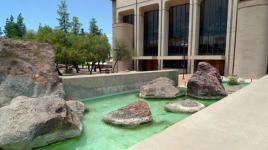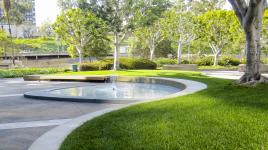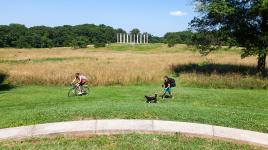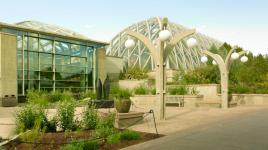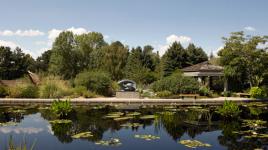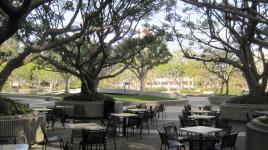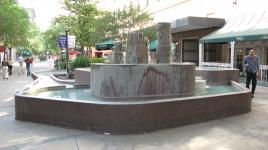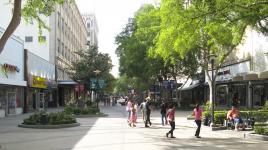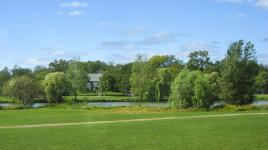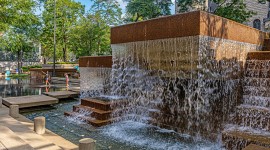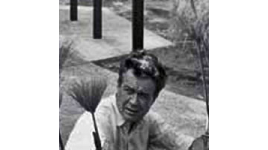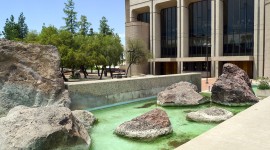Pioneer Information
This firm traces its roots to an initial partnership begun in San Francisco in 1939 between landscape architect Garrett Eckbo and his brother-in-law Edward Williams. With the addition of Robert Royston in 1945, the firm became Eckbo, Royston & Williams. Three years later, Francis Dean joined the firm, but it was dissolved when Royston departed amicably in 1958. After the addition of Don Austin in 1964, a new firm, Eckbo, Dean, Austin and Williams, was incorporated.
Guided by a progressive vision of the leadership role of landscape architecture, Eckbo, Dean, Austin and Williams became involved in environmentally sustainable planning at the regional scale as early as the 1960s. The firm created the California Urban Metropolitan Open Space Plan, innovative at the time for its ambitious state-wide scale. This model was repeated in the State of Hawaii Land Use Review in 1970. The firm also implemented one of the first uses of Geographic Information Systems (GIS) with its 1972 study for placing power-transmission lines around Half Moon Bay, California. Other major projects in the early 1970s include the Denver Botanical Gardens, the Central Business District Plan for Sioux City, Iowa, and updating a system of parks and parkways in Minneapolis, Minnesota. Among the firm’s international projects were Lodi Park and the Ford Foundation Headquarters in New Delhi, India, and the Civic Center in Osaka, Japan, all in 1968. In 1973 the firm adopted the moniker EDAW.



